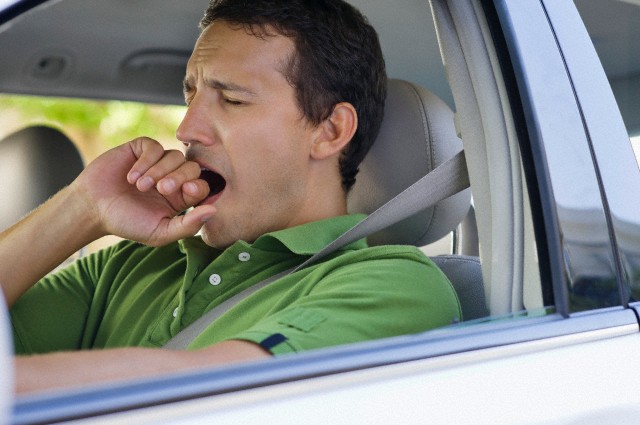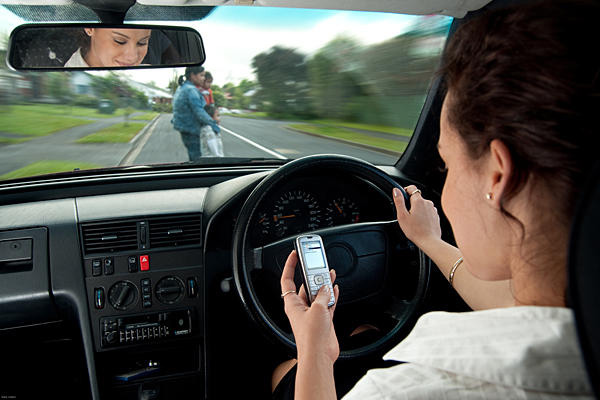Uninsured Motorist coverage is probably the most misunderstood coverage available when it comes to automobile insurance policies. However, it is one of the more important types of coverage that you should carry. Uninsured Motorist (UM) or Underinsured Motorist (UIM) coverage protects you from financial losses caused by another person who either does not have automobile liability insurance or does not have enough insurance to cover your injuries and losses. UM or UIM coverage can pay for injuries to you and passengers in your automobile caused by an at-fault driver who is considered uninsured or underinsured. A hit-and-run driver is also considered uninsured when that driver causes personal injury to you.
You might assume that because most states require that drivers carry minimum limits of liability insurance coverage, most drivers have it. Think again. In a recent study by the Insurance Research Council (IRC) entitled “Uninsured Motorist, 2011 Edition,” the IRC estimated that roughly 1 out of 7 drivers are uninsured despite laws requiring drivers to maintain liability insurance. The magnitude of uninsured drivers varies from state to state. In 2009, the State of Mississippi had the highest percentage of uninsured drivers, with an estimated 28% of its motorists carrying no liability insurance. The States of Maine and Massachusetts had the lowest percentage of uninsured motorists at 4%. The State of Georgia had an estimated 16% of uninsured motorists in 2009, and the State of South Carolina had an estimated 11%. As experienced Georgia auto accident attorneys, we have personally observed the consequences of motor vehicle accidents involving uninsured or underinsured drivers.
Consider the consequences of being injured in an automobile accident in which the at-fault driver has no insurance. As a result of your injuries, you incur substantial medical bills and you are unable to work for a long period. The at-fault driver has no liability insurance coverage against which you can make a claim. You would still have the option to sue the negligent driver for damages. However, if the at-fault driver does not have insurance, what are the chances of that driver having any money or assets from which you could recover in a lawsuit? It is an unfortunate fact of life that during tough economic times, many drivers do not have insurance or do not have enough insurance. However, if you carry UM and UIM coverage, you can recover money for your injuries and damages even if the at-fault driver cannot pay.
The purpose of UM or UIM coverage is to place the injured insured (you) in the same position as if the uninsured driver had liability insurance coverage. Stated differently, your insurance company “stands in the shoes” of the at-fault, uninsured driver up to the amount of UM or UIM coverage that you carry on your automobile insurance policy. Your UM or UIM coverage could pay your medical bills, lost wages, and compensate you for your pain and suffering. Even if you have health insurance coverage that would pay your medical bills, your health insurance coverage will not pay you for your lost wages or your pain and suffering. Additionally, UM and UIM coverage apply to you and any passengers in your car, and to you and other family members listed on your insurance policy when riding in cars owned by others.
“Underinsured Motorist” or UIM coverage applies when the at-fault driver does have liability insurance coverage but the amount of coverage is inadequate to make you whole. Consider the following example: You are injured in an automobile accident in which the other driver is legally responsible. You sustain multiple injuries for which you are hospitalized and you receive prolonged medical treatment. Because of your injuries, you are held out of work for 4 weeks. Your hospital and doctors’ bills total $50,000 and you lost $10,000 in wages while you were unable to work. Thus, you have $60,000 in out-of-pocket losses, plus pain and suffering and/or permanent impairment. Unfortunately, the at-fault driver had only $25,000 in liability insurance coverage. If you do not have Underinsured Motorist coverage, you are out of luck, as your recovery will most likely be limited to the $25,000 of insurance coverage maintained by the at-fault driver. As noted above, the individual who maintains only minimum liability coverage is not likely to have money or assets from which you could recover.
Now, consider the above example with one, noteworthy change. In addition to the liability coverage that you carry on your automobiles, you also carry $100,000 in Underinsured Motorist coverage. You could recover the sum of $25,000 in coverage from the at-fault driver’s insurance company and you could potentially recover up to $100,000 by making a claim against your own insurance company under your UIM coverage. A word of caution, however. Even if you have UM or UIM coverage, you should consult with an experienced car accident lawyer before you settle with the at-fault driver’s insurance company. If you try to settle with the at-fault driver’s insurance company by yourself and in doing so, sign a general release of all claims, you will not be able to file a UIM claim with your insurance company. In Georgia, there is a very specific form, known as a “limited release,” which should be used when settling with an underinsured motorist in order to preserve your right to file a UIM claim against your own insurance company. A properly drafted limited release would enable you to release the insured tort-feasor (the at-fault driver) from all personal liability arising from the accident except to the extent other insurance coverage, such as your UIM coverage, is available.
Continue reading ›
 rs, who published their findings in the Journal of Experimental Psychology: Human Perception and Performance, determined that when your cell phone sends out an alert, your mind starts to wander and lose concentration. “The level of how much it affected the task at hand was really shocking,” FSU researcher Courtney Yehnert said. “Although these notifications are generally short in duration, they can prompt task-irrelevant thoughts, or mind-wandering, which has been shown to damage task performance. Cellular phone notifications alone significantly disrupt performance on an attention-demanding task, even when participants do not directly interact with a mobile device during the task.”
rs, who published their findings in the Journal of Experimental Psychology: Human Perception and Performance, determined that when your cell phone sends out an alert, your mind starts to wander and lose concentration. “The level of how much it affected the task at hand was really shocking,” FSU researcher Courtney Yehnert said. “Although these notifications are generally short in duration, they can prompt task-irrelevant thoughts, or mind-wandering, which has been shown to damage task performance. Cellular phone notifications alone significantly disrupt performance on an attention-demanding task, even when participants do not directly interact with a mobile device during the task.” Georgia Injury Lawyer Blog
Georgia Injury Lawyer Blog


 A new study by the Triple A (AAA) Foundation for Traffic Safety shows that one in four motorists report having recently had a drowsy episode while driving, meaning they were either too fatigued to drive, or fell asleep. According to AAA, motorists ages 19 to 24 were the most likely to report driving dangerously drowsy at 33 percent, while the oldest drivers (ages 75+) and the youngest (ages 16 to 18) were the least likely to report having done so.
A new study by the Triple A (AAA) Foundation for Traffic Safety shows that one in four motorists report having recently had a drowsy episode while driving, meaning they were either too fatigued to drive, or fell asleep. According to AAA, motorists ages 19 to 24 were the most likely to report driving dangerously drowsy at 33 percent, while the oldest drivers (ages 75+) and the youngest (ages 16 to 18) were the least likely to report having done so.  As reported by the
As reported by the 